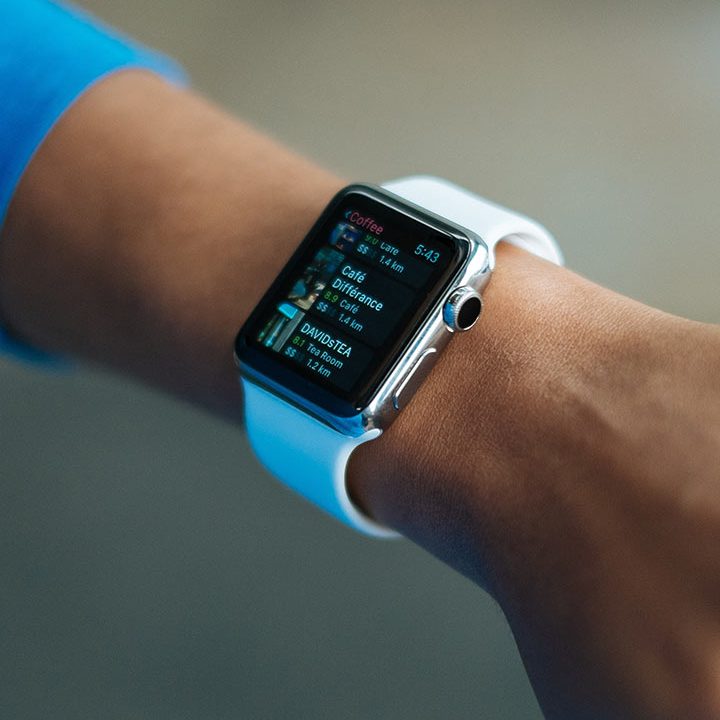What is a mobile wallet and how does it work?
Today I’ll be starting a series of posts about mobile wallets. The series will offer a deep-dive into the concept, services and functions of a mobile wallet. It will also cover how you can plan a business strategy for a fast and successful entry into using mobile wallets to significantly improve your customers’ experience. In this post, I discuss what a mobile wallet is.
Mobile wallets are a novel concept. Despite certain commercial rollouts, especially in the Far East (Osaifu Keitai in Japan and Smart Wallet in South Korea), as well as in the US (Softcard, Google Wallet, Passbook by Apple and so forth) and Europe (Vodafone Wallet, V.me, MasterPass), mobile wallets are still in an early stage of market introduction. On the one hand, the current market situation offers various opportunities and growth potential for early movers. On the other, the market is still experiencing a lack of standardized processes and implemented solutions.
What is a mobile wallet?
Terms like wallet and mobile wallet are still missing consistent definitions, especially across industries. The fundamental insights of the Mobey Forum and its definitions of mobile wallets, however, have provided a foundation for defining the concept.
A mobile wallet is the digital equivalent to the physical wallet we already have in our pockets today. It is a container (or vault) to store digitized valuables for authorization. These valuables grant permission for usage or access to goods, services or places. They can be:
- A personal identification like an ID or social security card, driving license, health card, payments card, loyalty card, website access or login data, and so forth.
- Non-personal means of authentication like tickets for public transport or events, car and hotel keys, gift cards and coupons.
How do mobile wallets work?

Mobile wallet versus wallet service
There is a distinction between the mobile wallet and a wallet service. The wallet service provides the business context for a specific valuable stored in the mobile wallet. The mobile wallet itself is only the container to store digitized valuables, but it does not add any meaning to them.Only in the business context of a service does the digitized valuable become meaningful; otherwise it is useless. In payments, for example, the credit card number is a digitized valuable that can be stored in a mobile wallet. The business context for this credit card number is the payment service that is provided by a bank (and/or the card scheme). The bank links the card number to the user’s account and authorizes the payments transaction. Hence, the bank is the payment service provider.
Hopefully this introductory post has helped you to understand what a mobile wallet is and the basics of how it works. In the next post in my mobile wallet series, I’ll address two main groups of mobile wallets: proximity wallets and remote wallets.
Article Credits: Danny Fundinger What is a mobile wallet and how does it work?
Article Credits: Danny Fundinger What is a mobile wallet and how does it work?









